Cadet Training Ships
As any other navy, the majority of sailors in the Japan Maritime Self-Defense Force (JMSDF) started out as complete beginners of seamanship.
Same goes for the naval officers who are at the core of the organization, as they all picked up their skills during the year-long training at the Officer Candidate School or the Etajima Naval Academy.
The pinnacle of such training is the voyage abroad cadet training ships where they apply the knowledge and skills acquired from their education.
While some cadet training ships were build solely for such purpose, others utilize old destroyers that have been retired from frontline service.
Currently, JMSDF operates the “Kashima-class” as the former type, whereas “Hatakaze-class” was repurposed for the latter role.
These training ships are not exclusively for cadet officers, as they are regularly used to train fresh batch of sailors, but they are most known for the annual round-the-world voyage where the newly graduated officers embark on their upcoming career.
So, what are the differences between these two types of training ships?
- General Overview
| Displacement | 4,050 tons (standard) |
| Length | 143m (469ft) |
| Beam | 18m (59ft) |
| Crew | 360 people |
| Speed | 25 knots (46.3km/h, 28.8mph) |
| Armament | 76mm Naval Gun×1 Triple Torpedo Tube×2 Salute Gun×2 |
| Unit Cost | 450 million USD |
The Kashima-class or just Kashima as only one vessel was ever made, serves as the main training ship replacing the long-used “Katori” in 1995.
Designed for accommodating trainees, the ship is installed with simulation equipments, an auditorium capable of fitting 200 people, and female-only quarters. Additionally, various parts of the ship, including the bridge and CIC, are more spacious compared to the standard JMSDF ships.
Kashima is also equipped with two salute guns and VIP guest rooms as it makes frequent port calls across the globe.
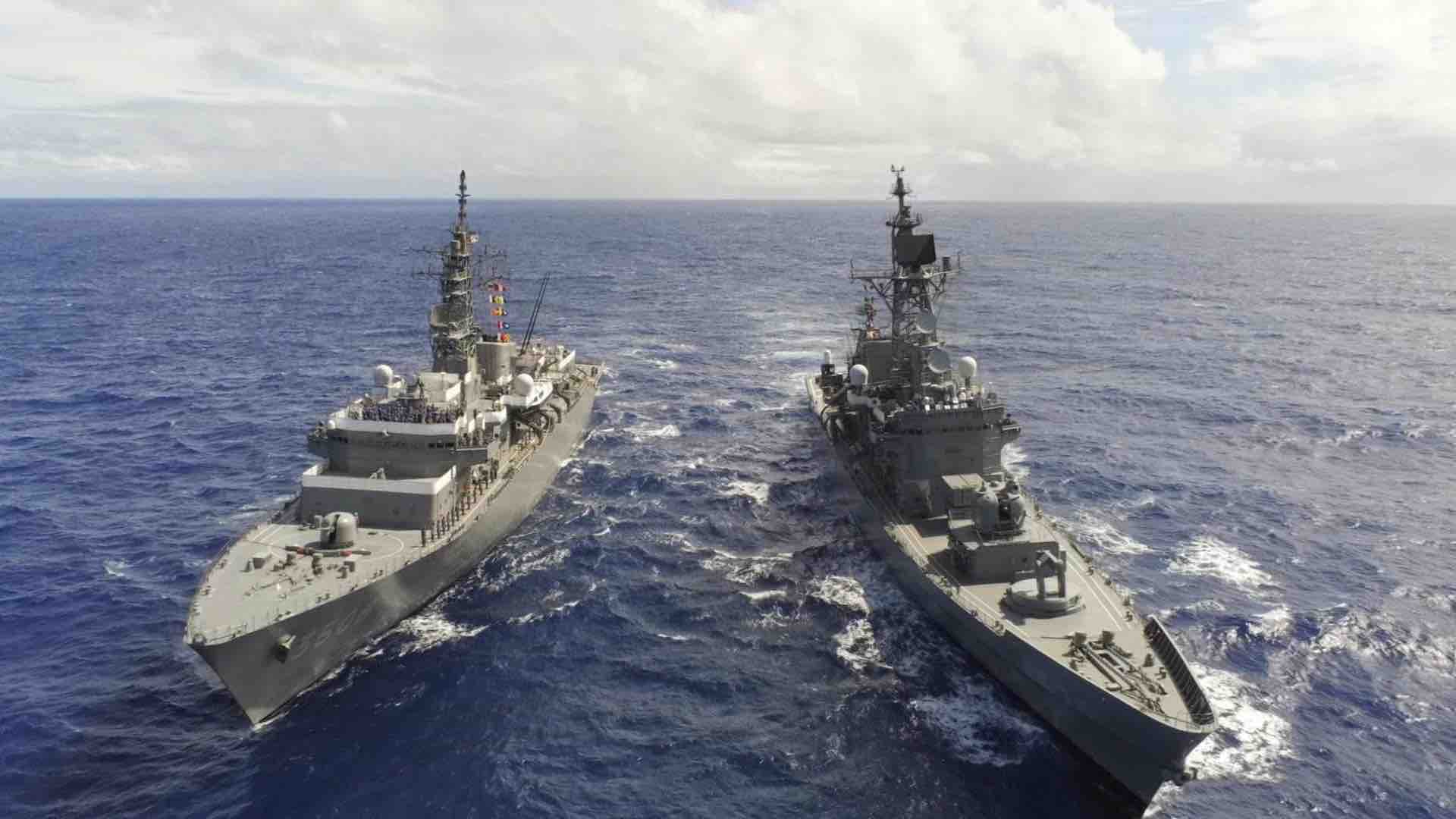 Kashima on the left, Hatakaze on the right (photo: JMSDF)
Kashima on the left, Hatakaze on the right (photo: JMSDF)
On the other hand, the Hatakaze-class does not feature these training facilities or equipment, though it is more suitable in practicing with real weapons since it used to be a destroyer serving on the frontlines.
Therefore, the ideal approach would be to use Kashima for overall education and general practice, such as navigation and ship operations, whilst the Hatakaze-class provides hands-on training focused on individual weapon systems.
For Naval Diplomacy
Asides from serving as the platform for real training, these cadet training ships also play a significant role as diplomatic envoys during the long voyage .
When embarking on the graduation voyage, the new officers on board are essentially treated as naval diplomats at their destinations, as they will become the future leaders of Japan’s navy.
Needless to say, the connections and reputation earned during these voyages can serve as valuable back channels during crises, providing further reason to welcome the cadet training ships full of young officers.
During the port calls, the new officers will attend official ceremonies, visit memorials, interact with the host nation’s navy, and promote Japanese culture by performing music and demonstrating some martial arts.
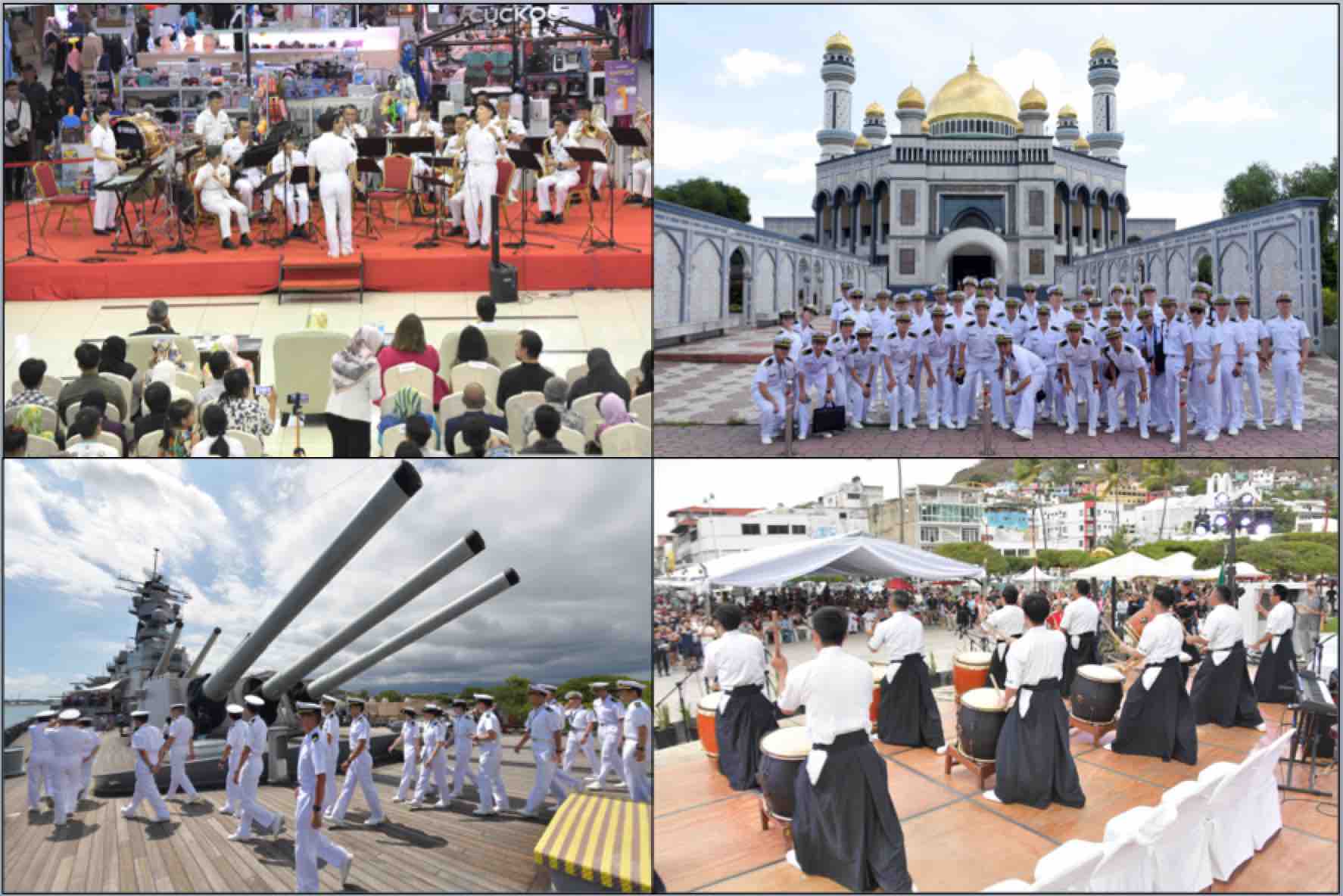 Various activities during port calls (photo: JMSDF)
Various activities during port calls (photo: JMSDF)
But, the voyage’s purpose is not about enjoying fun activities.
All of this is aimed to develop self-awareness and responsibility as naval officers, requiring the shiny newbies to pick up diplomatic naval protocol as well as a good sense of humor.
One illustrative example of such wit and wisdom was demonstrated by the captain of Kashima back in 2000 during a stop in New York. Here, the Kashima was accidentally “bumped” by the cruise ship “Queen Elizabeth” with the captain of the British ship later coming aboard to apologize in person.
In response to this apology, Kashima’s captain is said to have replied with the following.
Fortunately, the damage was minor and nothing to be particularly concerned of. Rather, we are honored to receive a greeting by Her Majesty the Queen.
Moreover, cadet training ships are hardly intimidating compared to other warships, making them suitable for naval diplomacy. As such, the training fleet often becomes the first partner of those countries which have yet conducted any joint exercises with the JMSDF.
Even in regions where sending frigates or destroyers might be seen as provocative, training ships under the guise of international goodwill are less likely to face open criticism.


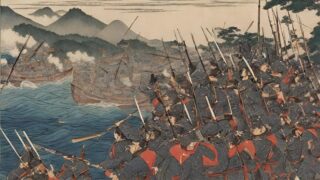


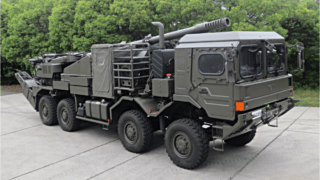
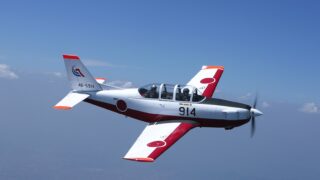
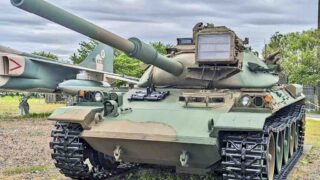
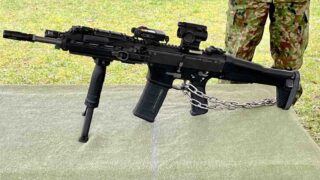
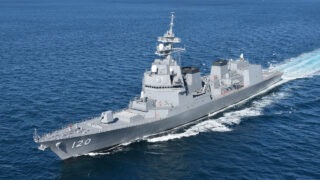
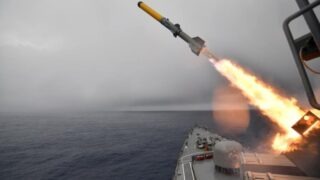
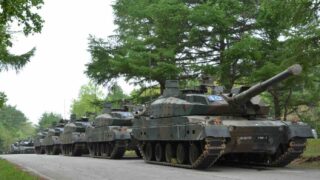
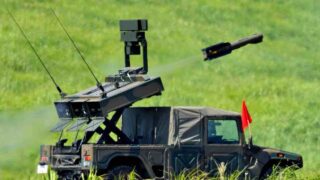
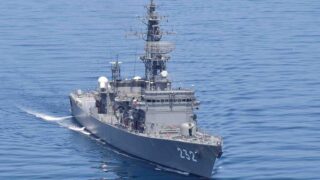
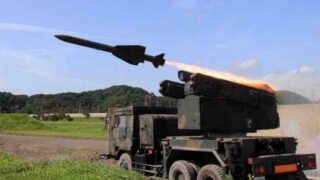
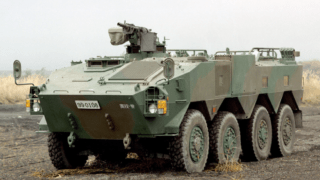
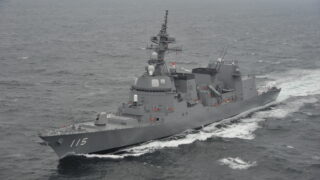
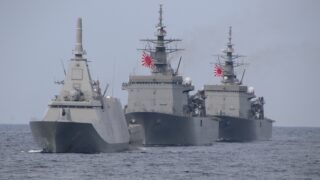
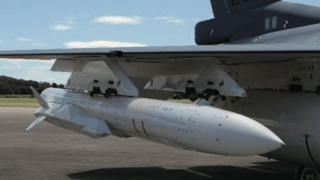
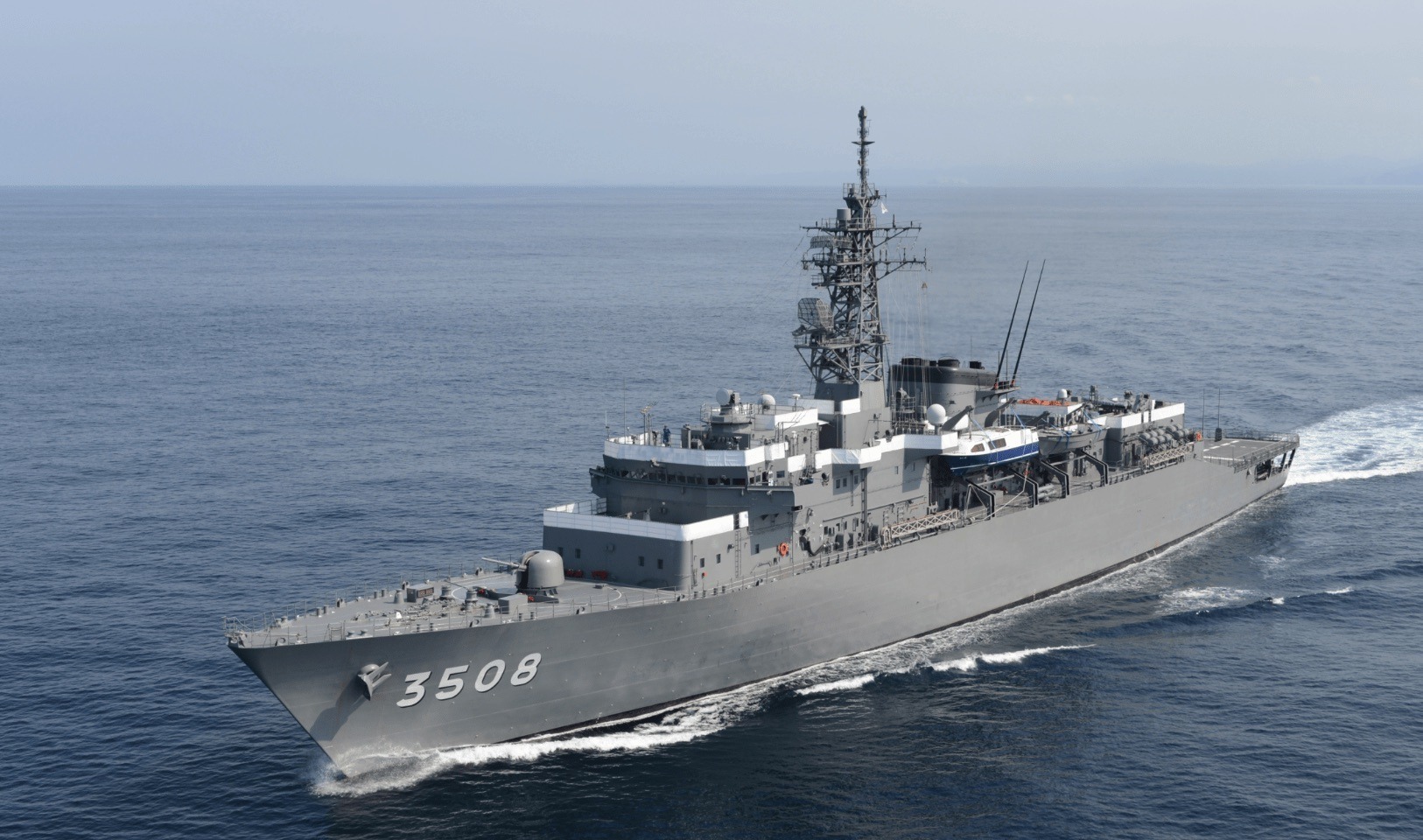
Comments